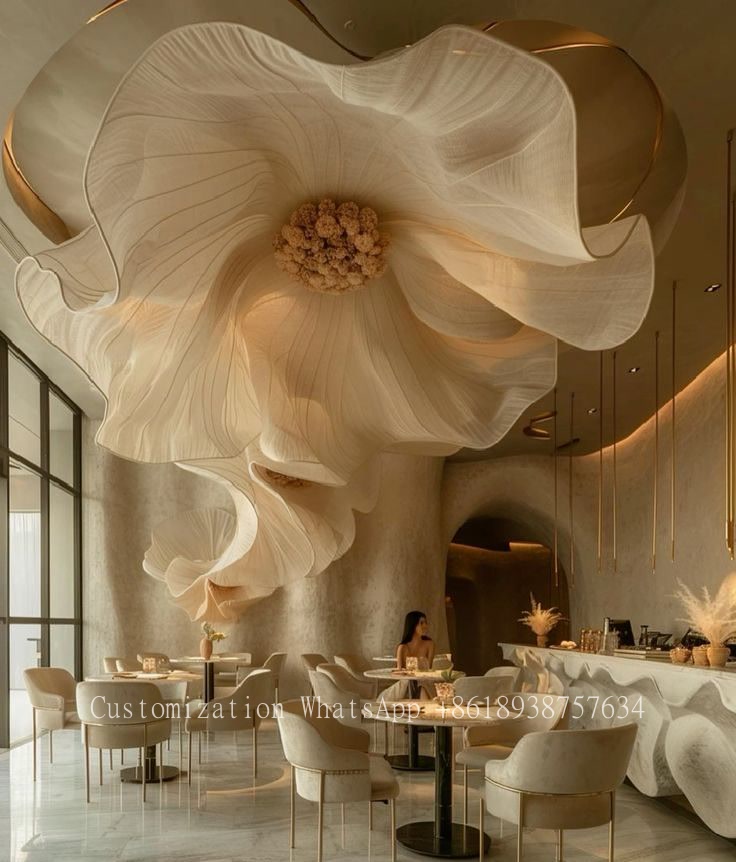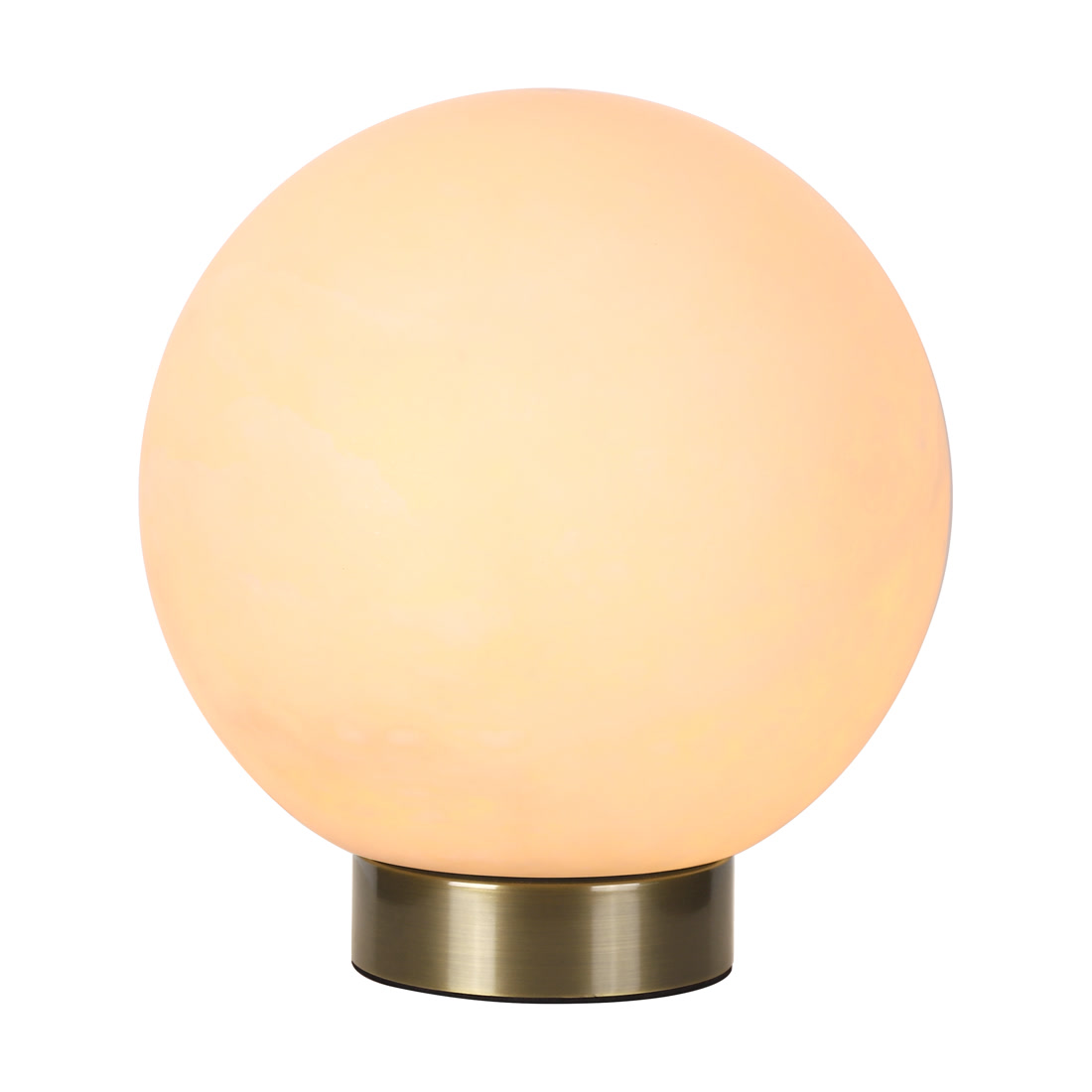Choosing the Right Bulbs for Track Lighting: A Comprehensive Guide
Choosing the Right Bulbs for Track Lighting: A Comprehensive Guide
When it comes to enhancing the ambiance of a room, track lighting serves as an exceptional choice. However, the effectiveness of track lighting heavily depends on selecting the right bulbs. In this article, we will delve into the factors to consider when choosing bulbs for track lighting, various types of bulbs available, and the advantages and disadvantages of each, ensuring you make an informed decision for your space.
Understanding Track Lighting
Track lighting is a versatile lighting option that allows you to direct light exactly where you need it. Its adjustable tracks and fixtures make it particularly popular for highlighting artwork, illuminating workspaces, and enhancing overall room Aesthetics. However, the right bulbs can significantly impact the efficiency and appeal of your lighting setup.

Types of Bulbs for Track Lighting
There are several types of bulbs that work well with track lighting. The most common options include:
| Type of Bulb | Brightness (Lumens) | Color Temperature (Kelvin) | Average Lifespan (Hours) | Advantages | Disadvantages |
| LED | 800-1600 | 2700K-5000K | 15,000-50,000 | Energy-efficient, long lifespan, low heat emission | Higher upfront cost |
| Halogen | 500-1200 | 2700K-3000K | 2,000-4,000 | Bright, excellent color rendering | Short lifespan, higher heat output |
| CFL | 800-1200 | 2700K-5000K | 10,000-15,000 | More energy-efficient than incandescent | Long warm-up time, less desirable light quality |
| Incandescent | 800-1600 | 2700K | 1,000-2,000 | Warm light, low upfront cost | High energy consumption, short lifespan |
Factors to Consider When Choosing Bulbs
1. Brightness
The brightness of a bulb is measured in lumens, and it's crucial to select bulbs that provide adequate lighting for your space. Consider the purpose of the track lighting—are you highlighting a piece of art, creating ambient light, or illuminating a workspace? For ambient lighting, about 100 lumens per square foot is recommended.
2. Color Temperature
Color temperature, measured in Kelvin, affects the mood of your room. Lower temperatures (2700K-3000K) emit a warm, cozy light ideal for living rooms and bedrooms, while higher temperatures (3500K-5000K) produce a cooler, more invigorating light—perfect for kitchens and workspaces.
3. Energy Efficiency
Energy-efficient bulbs, like LEDs, can save you money in the long run despite their higher initial cost. They consume less power and have a longer lifespan compared to traditional incandescent bulbs.
4. Dimming Capability
If you plan to install a dimmer switch, ensure the bulbs you choose are compatible with dimming features. Not all bulbs dim correctly, and using incompatible bulbs can lead to flickering or buzzing.
5. Fixture Compatibility
Always check the compatibility of bulbs with your track lighting fixtures. Different fixtures may require specific bulb types, such as MR16 or GU10. Make sure to choose bulbs that fit securely in the sockets.
Advantages and Disadvantages of Different Bulb Types
Understanding the pros and cons of each bulb type can help guide your decision-making process.
LED Bulbs
Advantages: LED bulbs deliver significant energy savings and can last up to 50,000 hours. They emit little heat, making them safe for various applications.
Disadvantages: The initial cost can be higher compared to other options, although prices have been steadily decreasing.
Halogen Bulbs
Advantages: Halogen bulbs offer bright, crisp light and excellent color rendering. They are often dimmable, making them suitable for various settings.
Disadvantages: They have a shorter lifespan compared to LEDs and emit more heat, which can be a concern in small spaces.
CFL Bulbs
Advantages: Compact fluorescent lamps are more energy-efficient than incandescent bulbs and can last significantly longer.
Disadvantages: They emit a cooler, often less desirable light, and have a longer warm-up time. Some CFLs are not suitable for dimming.
Incandescent Bulbs
Advantages: Incandescent lamps provide warm light and are dimmable. They are inexpensive and widely available.
Disadvantages: Incandescents are the least energy-efficient option, have the shortest lifespan, and produce considerable heat.
Making the Right Choice for Your Space
To select the right bulbs for track lighting, think about where and how you wish to use the lighting. For example, if you are looking to create a gallery-style ambiance in a dining area, LEDs with a warm color temperature would provide the ideal effect. Conversely, for a workspace where clarity is paramount, brighter halogen bulbs might be preferable.
Common Questions about Track Lighting Bulbs
Here are a few frequently asked questions that might help clarify your choices:
1. Can I mix different types of bulbs in my track lighting?
While it's technically possible, it is not recommended. Mixing different types of bulbs can lead to uneven lighting and color temperature inconsistencies.
2. How can I maximize the efficacy of my track lighting?
Consider the layout of your space and the positioning of the track lighting. Strategically place fixtures to highlight features in your room while ensuring an even distribution of light.
3. What are the best bulbs for outdoor track lighting?
For outdoor settings, opt for LED bulbs with higher color temperatures (3000K or more) to ensure visibility at night, along with weather-resistant fixtures.
Conclusion
Choosing the right bulbs for track lighting is essential for creating the desired lighting atmosphere in your space. Remember to consider brightness, color temperature, energy efficiency, and compatibility with your fixtures. Each bulb type has its advantages and disadvantages, so carefully weigh your options based on your specific needs. By doing so, you'll ensure that your track lighting not only beautifies your space but also serves its intended function efficiently. Happy lighting!
